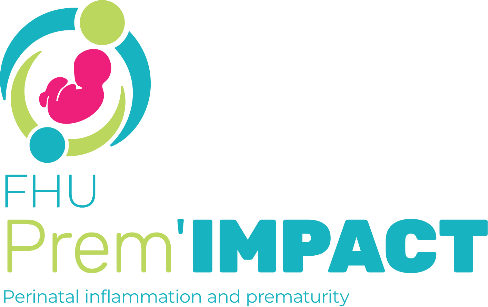Abstract
Objective: To assess the association between histological chorioamnionitis without maternal clinical symptoms and neurodevelopmental disabilities at age 5 years in children born very preterm.
Design: French national prospective population-based cohort study, EPIPAGE-2 (Etude épidémiologique sur les petits âges gestationnels).
Setting: All births from 22 to 34 weeks of gestational age in France in 2011 were eligible.
Population: Infants born alive between 24+0 and 31+6 weeks following preterm labour (PTL) or preterm premature rupture of membranes (PPROMs).
Exposure: Histological chorioamnionitis without maternal clinical symptoms, also called isolated histological chorioamnionitis, was defined as the presence of neutrophils in the chorionic plate, excluding clinical chorioamnionitis.
Main outcome measures: Neurodevelopmental disabilities, a composite outcome including cerebral palsy, developmental coordination disorders, sensory impairment, developmental cognitive deficiencies or behavioural difficulties. These assessments were comprehensive, standardised and conducted by trained neuropsychologists and paediatricians at age 5 years.
Results: Among 1296 children alive at 5 years of age, 486 (36.3%) were born in a context of isolated histological chorioamnionitis. Overall, 47% vs 33.6% of children exposed and not exposed to isolated histological chorioamnionitis had mild neurodevelopmental disabilities, and 13.8% vs 13.3% had moderate-to-severe neurodevelopmental disabilities. After multiple imputation and multivariable analysis, isolated histological chorioamnionitis was found not to be associated with the occurrence of mild or moderate-to-severe neurodevelopmental disabilities (adjusted OR: 1.0, 95% CI: 0.7 to 1.4 and 0.9, 0.6 to 1.2).
Conclusion: We did not find any association between isolated histological chorioamnionitis and neurodevelopmental disabilities at age 5 years in children born very preterm after PTL or PPROM.
